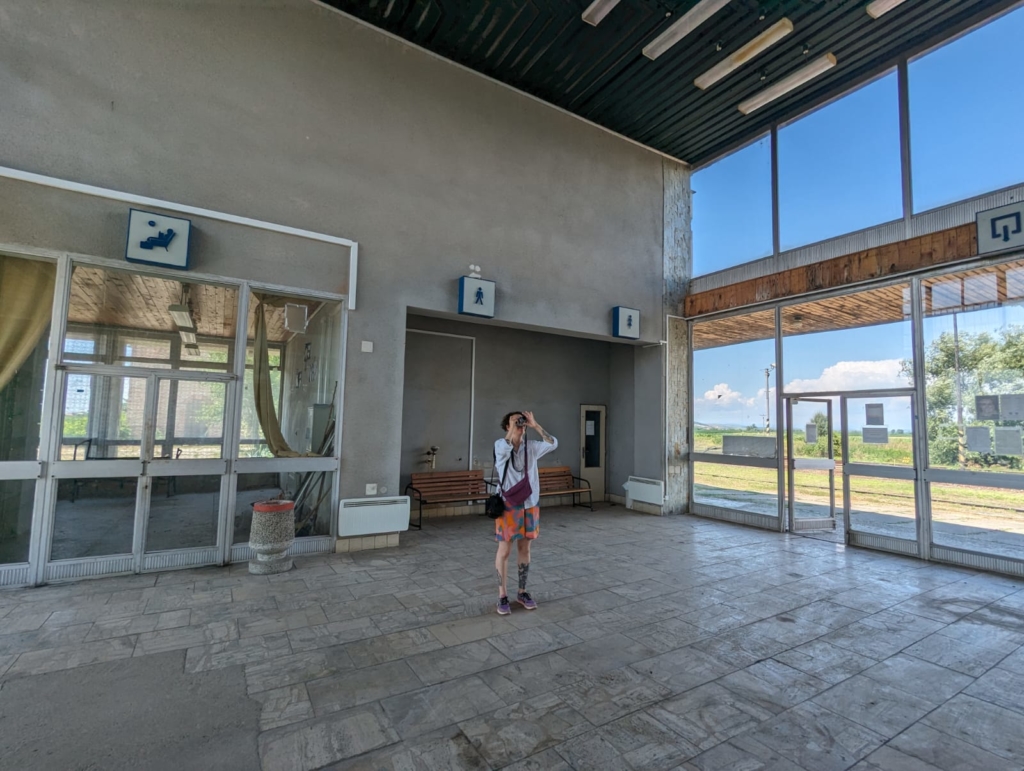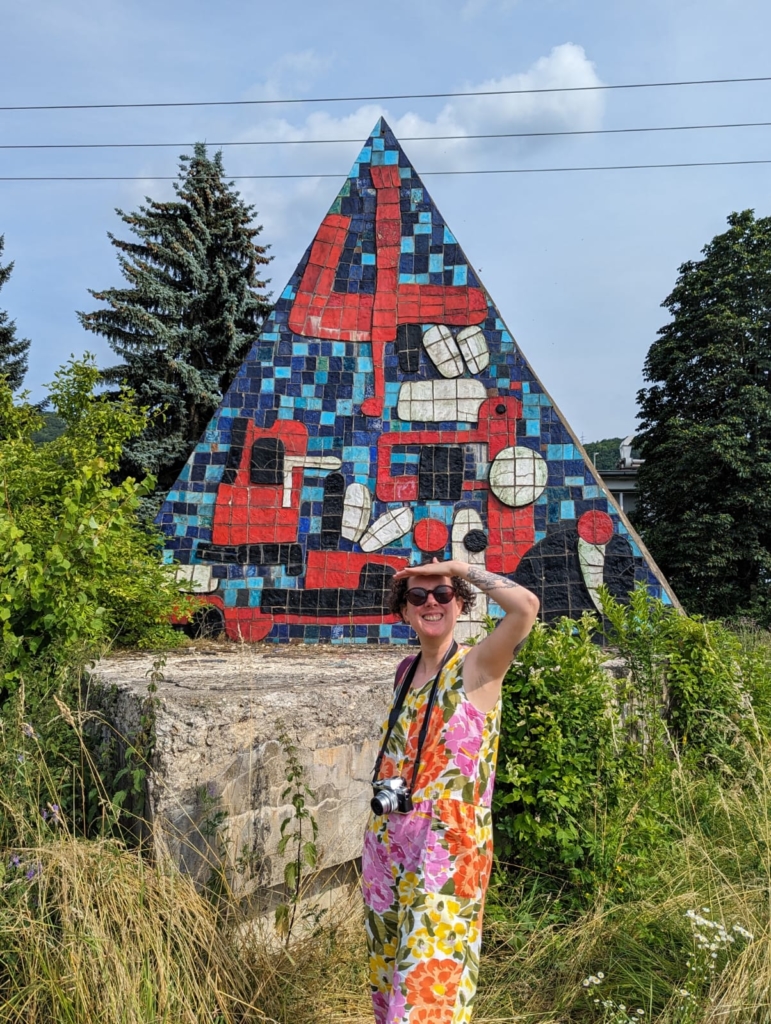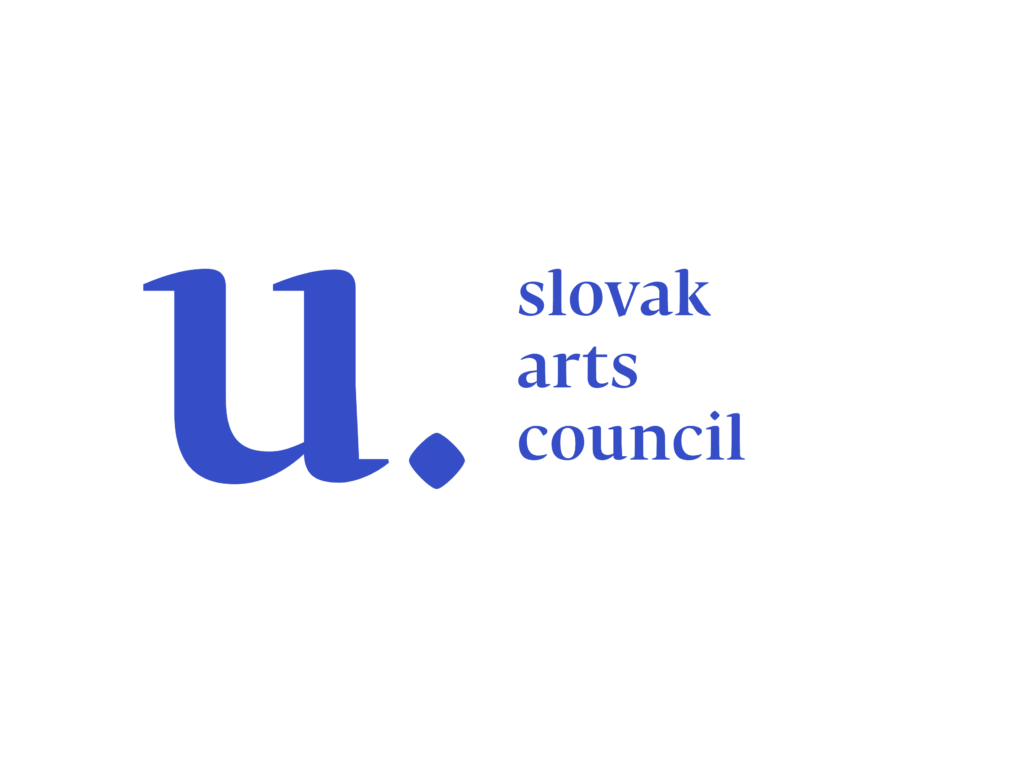Sometimes our greatest strengths are hidden
Vik Loveday teaches, lectures and publishes at Goldsmiths, University of London. Her sociological research primarily focuses on the UK higher education sector and the exploration of academic identities and the causality of work in universities.
But her other research interests – emotion and affect, gender, identity, happiness, nostalgia and cultural memory, social class and social theory – are more strongly linked to what Vik has in common with Central Europe, Eastern Slovakia and Košice.
Vik chooses Slovakia summer after summer as a destination for her rest and holidays. Her geographical knowledge of the villages and towns outside of Rožňava, for example, puts the locals to shame very easily, her precise pronunciation of the terminology is stunning (as few people in this part of the country speak “standard” Slovak), and her enthusiasm for the land on which we depend on a daily basis is infectious. But, at the same time, it’s as if there’s been some sort of misunderstanding.

Vik, what horrible things did you do at home that you spend every summer in Slovakia? Is this some form of alternative punishment?
Have you been to the UK recently?? Trips to Slovakia are a reward for good behaviour!
What advice would you give us to notice more (and less), to experience the enchantment of our towns and villages as you do?
Sometimes our greatest strengths are hidden as everyday things we take for granted (or don’t even notice). In order to turn the mundane into the remarkable, it might be helpful to have a disinterested observer – me! I recently visited Gemer, which was a real revelation: beautiful hills hiding UNESCO-listed caves, churches on the Gothic Way, not to mention the quantity and quality of statues, mosaics and ceramic reliefs in the public space. I wondered what would need to be done to encourage more visitors to venture beyond the traditional hotspots such as St Elizabeth’s Cathedral or Spiš Castle.
Initiatives such as the new “Map of Art”, which was created during the project Prepni na Revúcu – Mesto Kultúry 2022 (Switch to Revúca – City of Culture 2022), could help to change attitudes. I have noticed some fantastic reconstruction and renovation projects across Slovakia where disused buildings have regained new life, such as Tabačka in Košice and Nová Cvernovka in Bratislava. In Rožňava we stayed at the Cultural and Creative Centre Kláštor, which I cannot praise and recommend enough, it’s a great base for visitors to the town.
However, I must also mention the obvious challenges that the region is facing as a result of the long process of deindustrialisation. Perhaps one of the most pressing reasons for the “enchantment”, as you describe it, is the reassessment of the value of overlooked and neglected places. For example, Gemer has enormous potential but, in my view, a wider recognition of the cultural, social and historical value of the region (and further investment) is needed to translate this potential into tangible benefits for local communities and local people.

Let’s talk more about artworks in public space, which for you are probably the most important motif when you wander around the countryside. How do you perceive them and how do you think they are perceived by the people who have been passing them every day for the last decades?
The spirit of these works is well captured by the Czech sculptor and scientist Pavel Karous in his book Vetřelci a volavky (Aliens and herons) and I am absolutely fascinated by the surreal and sometimes almost otherworldly nature of many of these works that lurk in public space. In terms of the attitudes of those who live and move in the vicinity of artworks – I think it really depends on who you ask – one can generally expect apathy, sometimes even hostility, but I think it’s also important to acknowledge the large number of artworks that have been lost since the 1990s as a result of privatisation and redevelopment. In this case, profit clearly outweighed any interest in cultural heritage and public space. I think it is also interesting to consider how a deeper study and reflection on the past – in all its complexity – might enable us to think critically about contemporary issues.
However, as part of my current research project, I have been interviewing individuals and organisations in Slovakia and other Central European countries about their interest in art and architecture from the communist era. I discovered that there is a renewed interest in objects and works from this period, especially among younger generations. It would be easy to dismiss this as mere nostalgia for a period they never actually experienced, but in fact many activists are trying to document, protect and restore what they consider to be a precious aspect of their cultural heritage. In this sense, these works have a significance that goes beyond pure aesthetics – they are related to how people understand their belonging, identity and cultural memory.
Are these works a true aestheticisation of public space, or are they just hidden symbols of the old regime? Could you advise us how to approach people who cannot distinguish between these layers?
Of course, there is also an important aesthetic dimension – I don’t think it’s possible to look at a bold, colourful work by an artist such as Imrich Vanek without being overwhelmed by the beauty and creativity on display here. But I also think it’s important that the objects are not divorced from their historical context – it’s about the conditions in which they were created.
The meanings of monumental art, however, are not homogeneous: some are explicitly ideological (if we think, for example, of socialist realism), others remain completely abstract; and then we have everything in between these two extremes. Instead, we might approach the objects by looking at different layers of meaning: first, the artist’s intention, along with the constraints and context in which he or she worked; then we have the subjective impression of the contemporary audience, including all the ideas that each viewer brings with them; and finally, we should note the broader changing political and cultural context in which the objects are situated, which essentially reshapes the artwork depending on the prevailing contemporary discourse. Part of what fascinates me most is that we can take a physical object – say a sculpture or a mosaic – and see it from many perspectives; the meaning is never fixed and changes over time.
If artworks are vandalised or in poor condition, then they appear as useless relics from another period; I would like to emphasise how engagement with artefacts from the past can help us to create a better future – for example, to inspire a sense of belonging or civic pride, or to engage visitors in the story of Slovakia’s recent history and cultural heritage.
In the west of the country, in Trenčín, the organisation Hlava5 has been carefully restoring some public artworks from the period of the so-called normalisation and offering lectures and tours about them, which has been met with interest and enthusiasm from the local population. I guess the good news is that the old narrative – that artwork and architecture from the communist era is useless or purely ideological – is now being challenged by groups across the country, such as Hlava5, Východné pobrežie, Opustená rekreácia and Čierne diery.

As a sociologist, you have the experienced eye of an observer. From your visits to Slovakia, what do you perceive as the greatest overlap with the UK? What would you like to take home from here and what would you like to bring here?
If you’re offering something, I’ll take home some buns from the bakery in Muráň!
Seriously, our country has a long history of imposing its own values and ideas all over the world, so I won’t subject you to any more of our exports. Nor would I want to conflate the history of our countries, because our paths to what can generally be called “neoliberalism” were different. However, I do see some similar currents: raging inflation, deepening inequality, barely functioning public services, poverty and nepotism. Of course, we have different histories, but it is striking to me that in both the UK and Slovakia people in positions of power are absolving themselves of responsibility for their own failures, while at the same time trying to distract public attention by scapegoating marginalised groups such as migrants, LGBTQ+ people and ethnic minorities.
We lose perspective and lightness and joy when we talk about our country. What could we improve/change in our approach and thinking about our own country and identity?
Place is an important part of our identity – it’s not just about the geographical location or the buildings, it’s about the idea of place. I am not a romantic, but I think we could think more about how to foster a positive sense of collective community identity, especially in difficult times. Slovakia has an incredibly rich artistic heritage: some of the best artists working under the former regime contributed masterpieces to public space and public buildings; it was not about exclusive or elitist work that can only be seen in galleries or private collections, but about beautiful works in public space.
I recently visited the University Hospital in Košice – not for treatment, but to see the artworks. Normally, you might expect to go to a museum to see the works of talented and imaginative artists such as Ľudovít Fulla, Lýdia Čepková or the mosaic lady Herta Ondrušová-Victorinová.
Here in the UK, the Tate Modern in London recently hosted a retrospective of the artist Mária Bartuszová, presenting (mostly) her sculptural works to an international audience for the first time. But anyone who has walked past OD Dargov has long been familiar with her work, whether they realise it or not! I now appreciate what art historian Sabina Jankovičová has noted in relation to the fact that the placement of artworks in public space during the period of normalisation did not necessarily lead to their appreciation by the public. But I would say that now is the time to think about how we can create new narratives about these existing artworks for the benefit of contemporary communities.
Invisible Mag is supported using public funding by Slovak Arts Council. The Slovak Arts Council is the main partner of the project.

